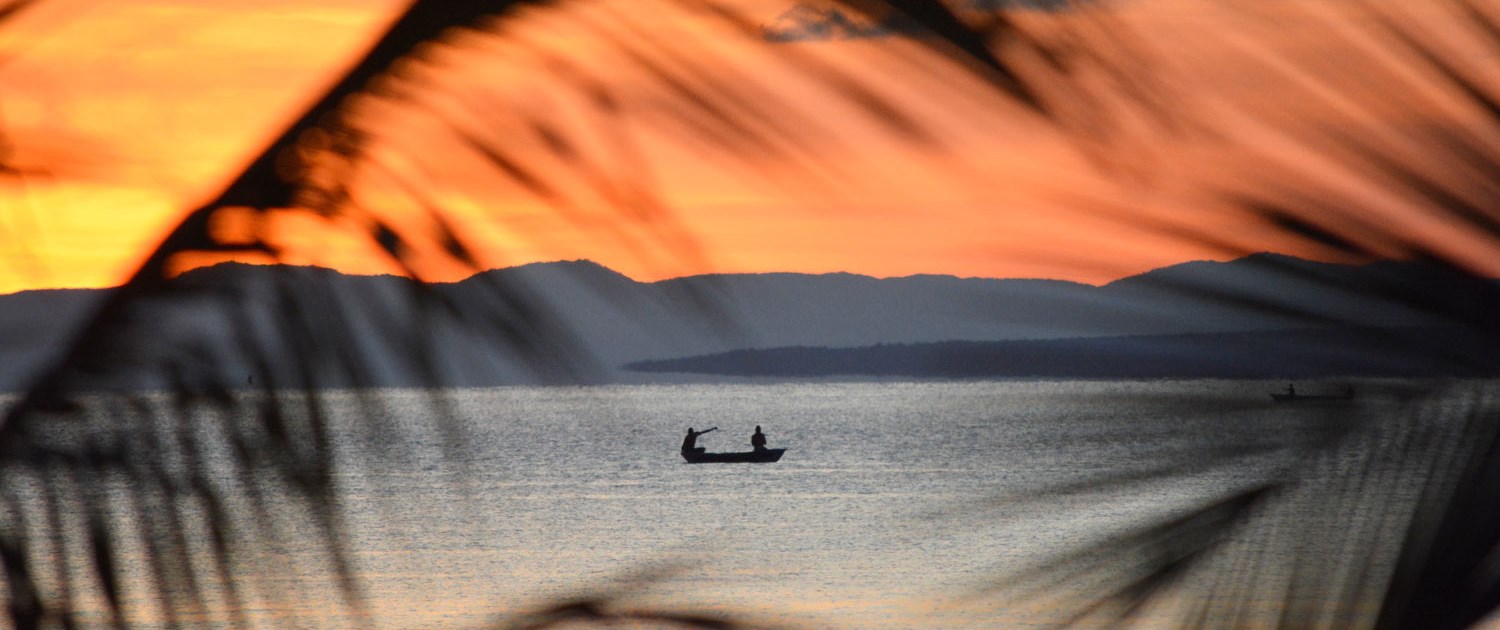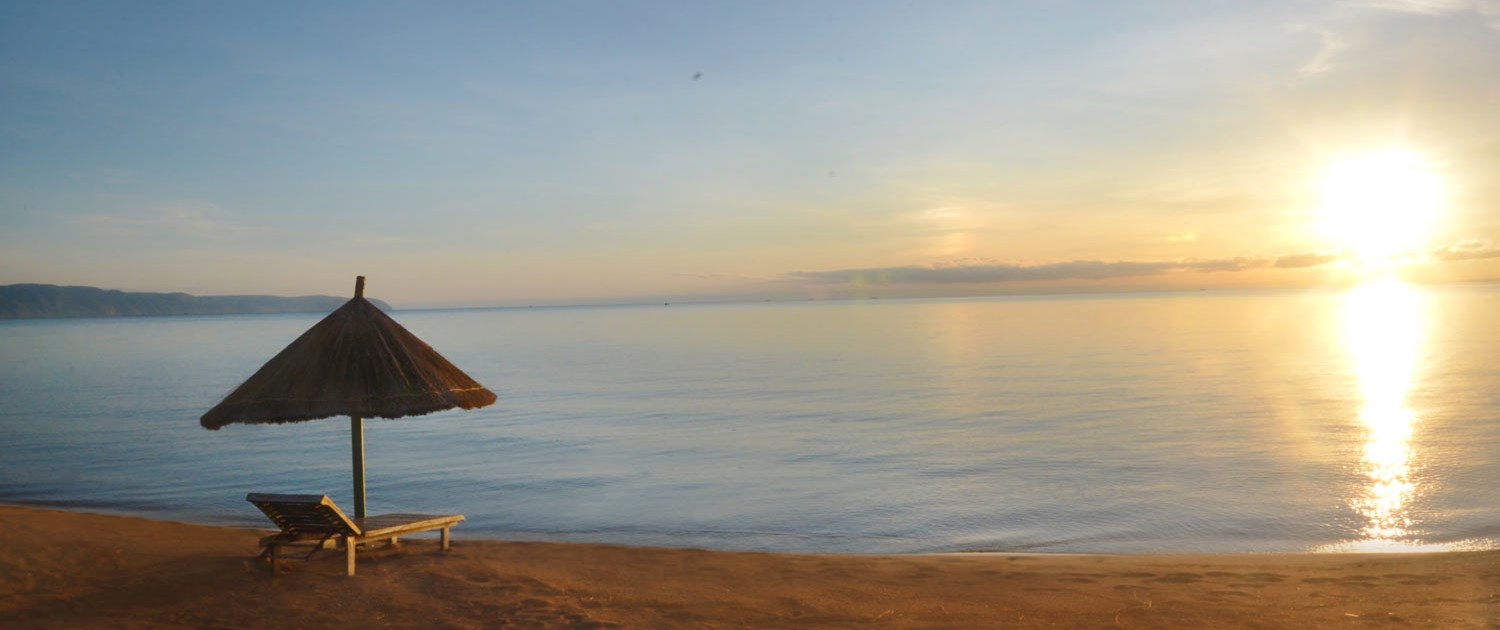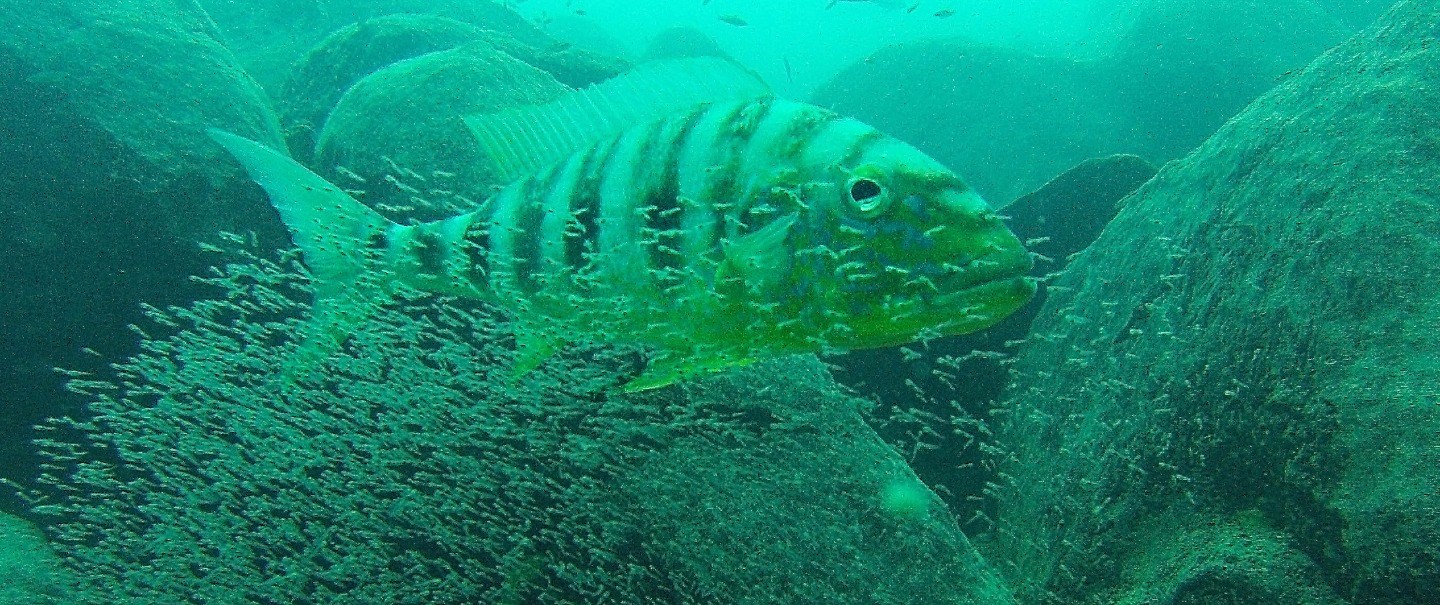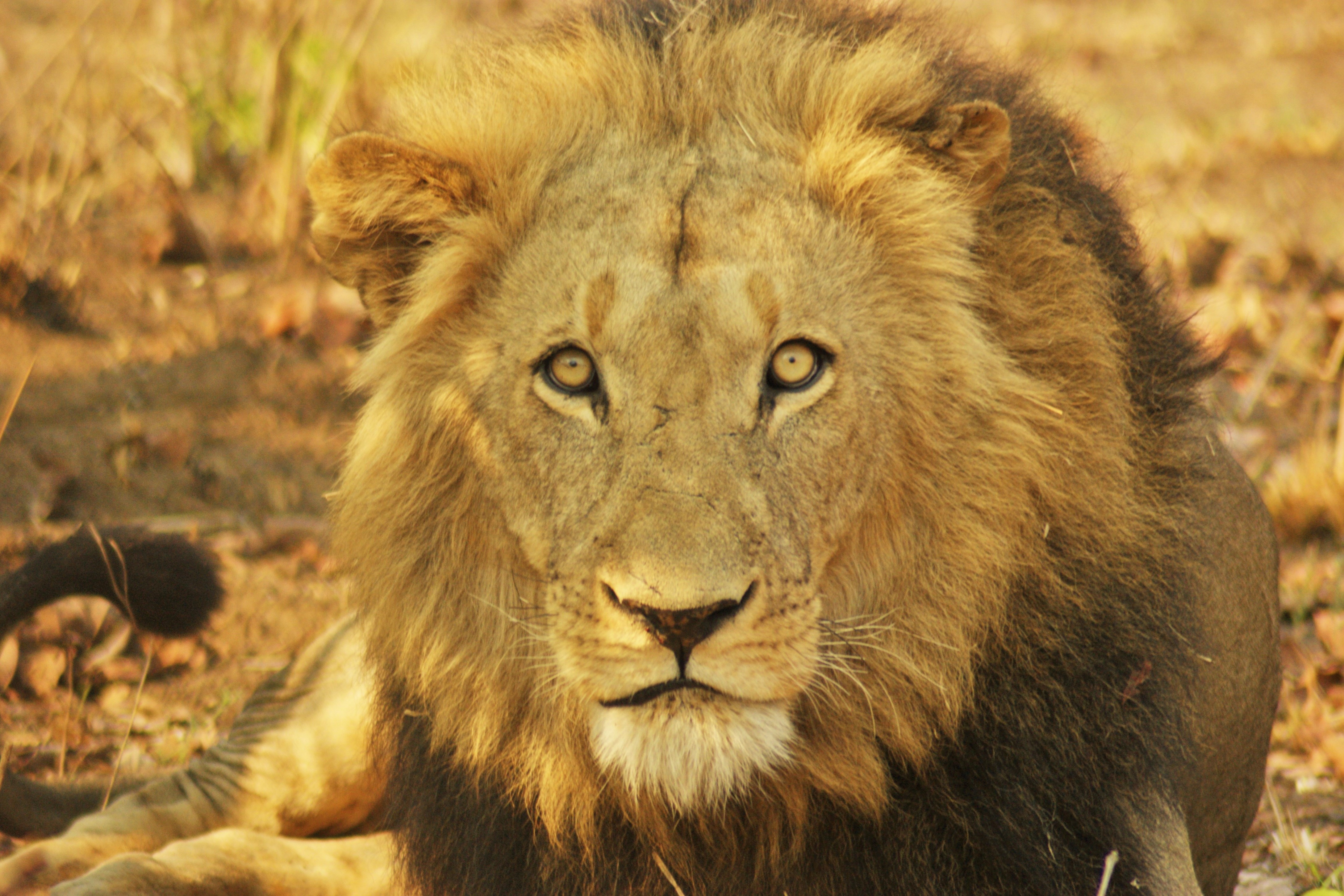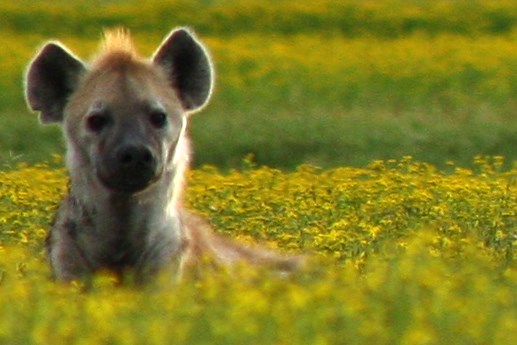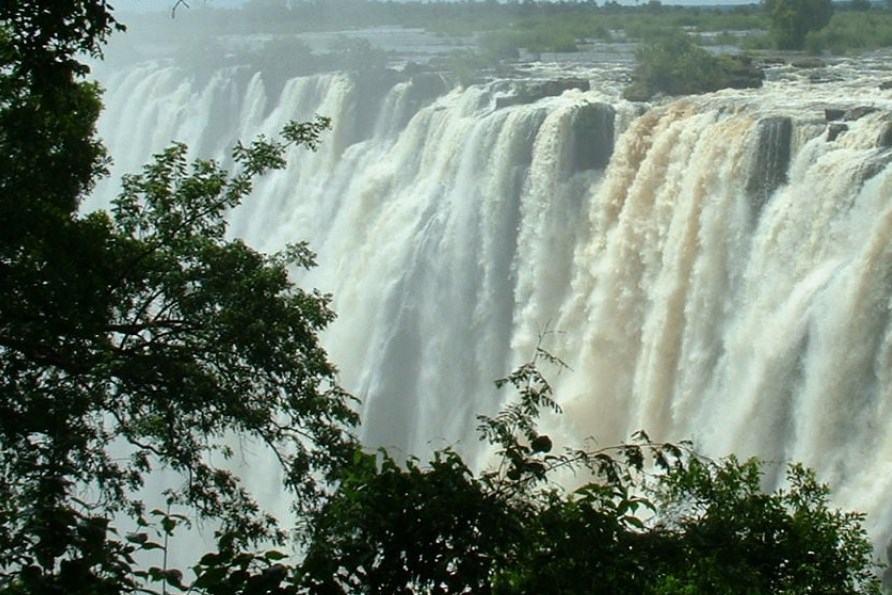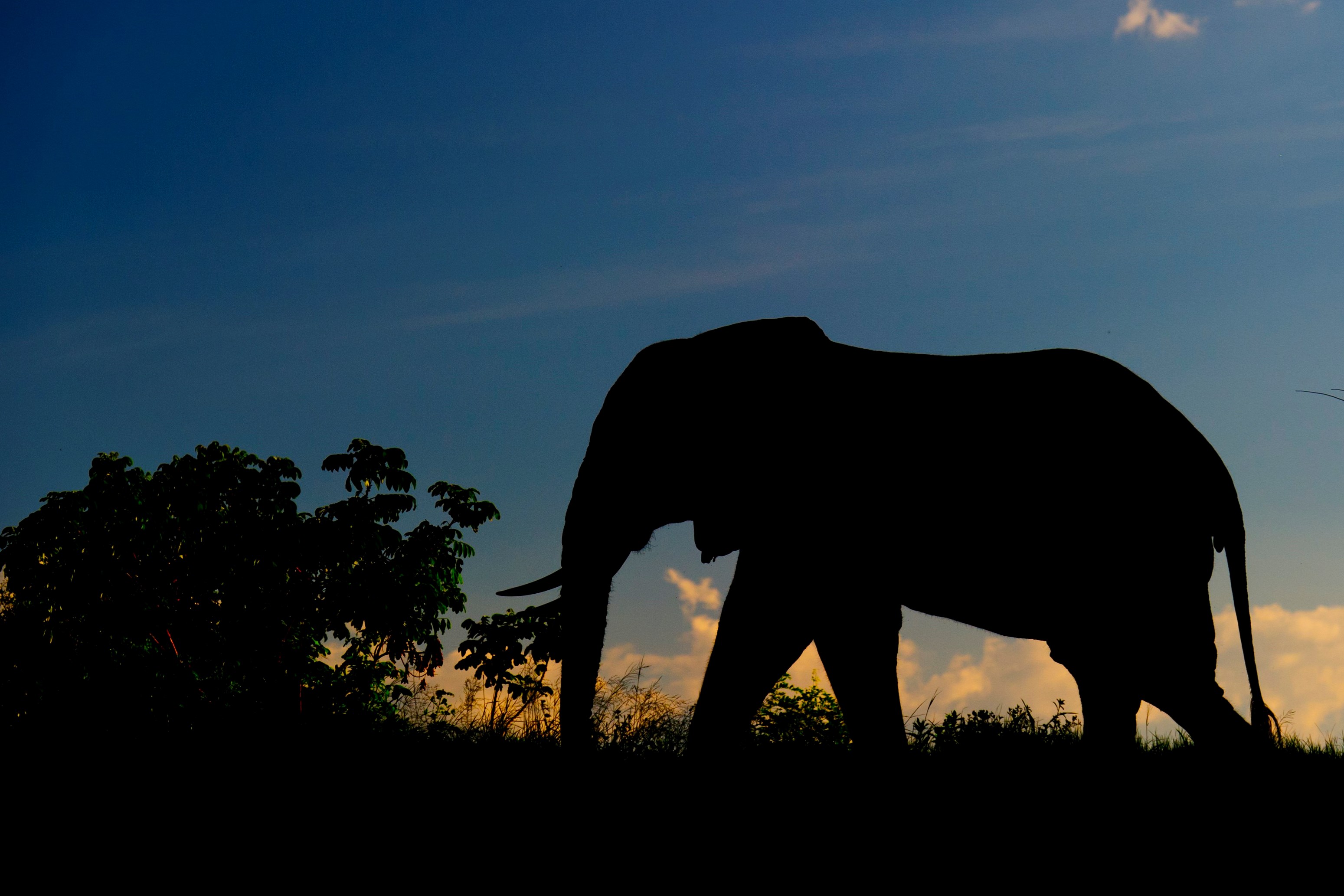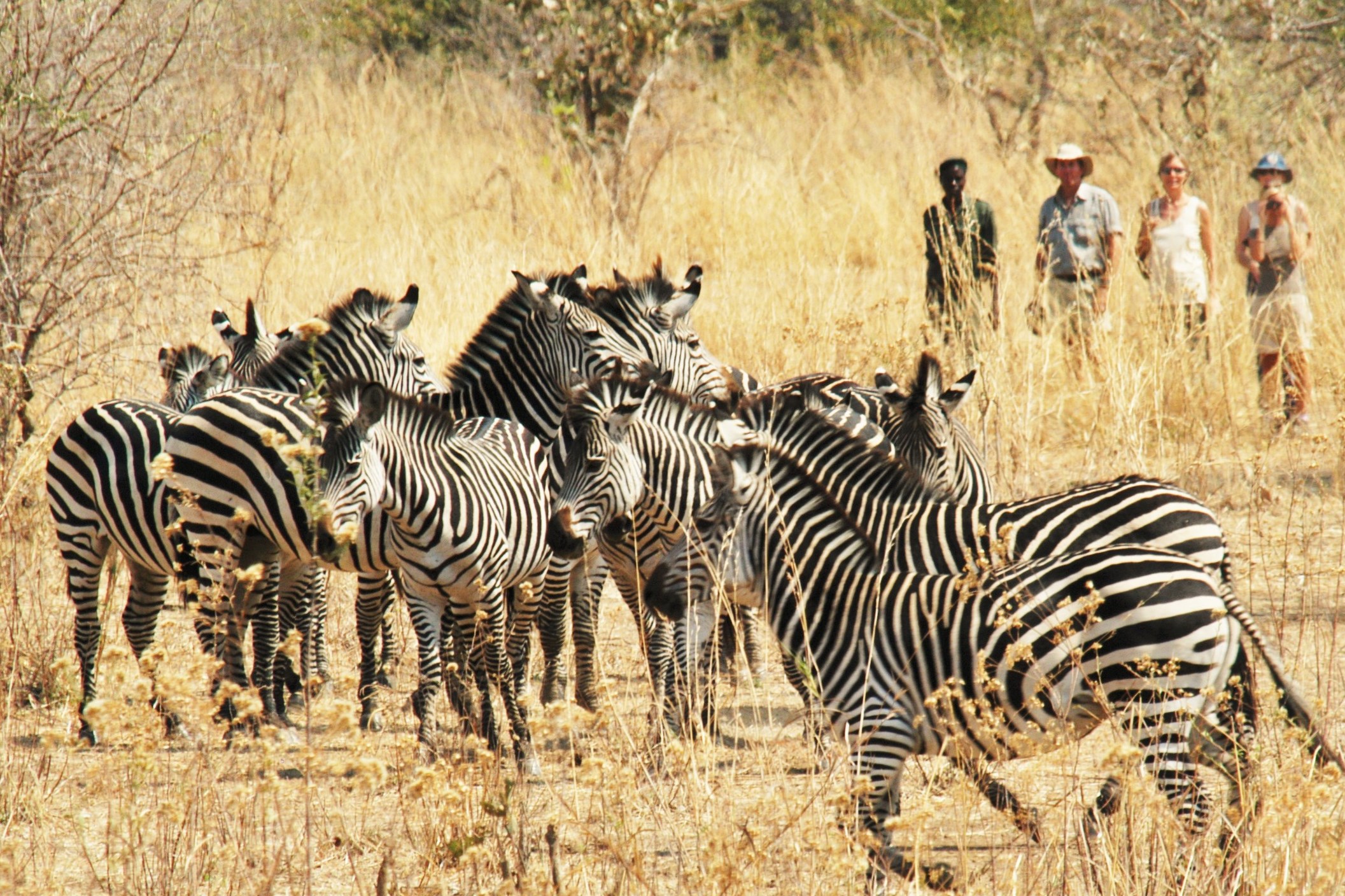 Lake Tanganyika
Lake Tanganyika
Lake Tanganyika is the longest freshwater lake (673 km.) and the second deepest lake in the world (1 470 m.). It is also considered to be one of the world's oldest lakes, formed around 20 million years ago. The waters of the lake overlap Tanzania, Burundi, Congo DR and Zambia. The great depth is by virtue of Great Rift Valley, which also made the shoreline so steep. The lake holds roughly 16% of Earth's fresh water. It has numerous river inflows and just one outflow.
The south - west of the Lake is in North Zambia. Zambia can claim only 7% of the lake's waters, though the area stretches for a distance of 677 km. Around 100 km. of Zambian coast are also reserved for Nsumbu National Park. The average temperature of the lake is 25°C, the lower regions are only a mere 3°C colder than the surface. Note, that the lake is also home to groups of hippos and crocodiles, so it is highly advisable to check with locals the safety of the water before swimming.
Tanganyika is a home to a great diversity of wildlife, most of which is endemic (native to a certain area). It boasts over 350 species of fish, 280 of which are Cichlids. Lake Tanganyika and Lake Malawi share the status of being world's top lakes in terms of biodiversity. And most of Tanganyika's endemicity is concentrated in Zambian waters.
That is why diving and other water activities become so interesting and special here. On Zambian side there is the only lodge which is offering certified diving courses on the lake.
In the close vicinity of the lake there numerous sightseeings worth visiting. Kalambo Falls are on the Kalambo River bordering Zambia and Tanzania. They are the second highest waterfalls in Africa plunging from incredible 221m height - over twice higher than the Victoria Falls!
